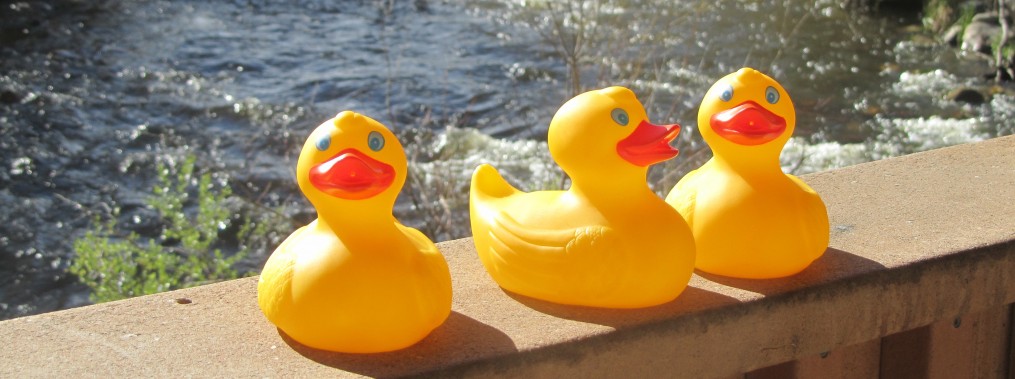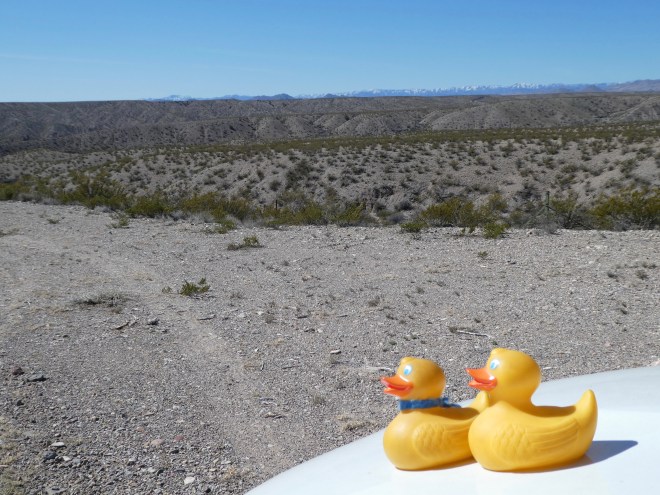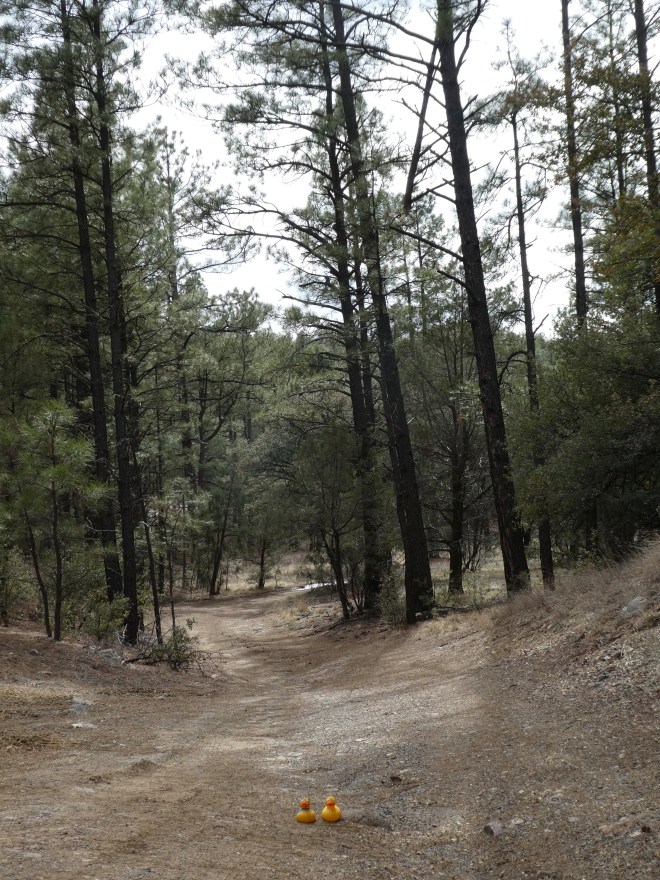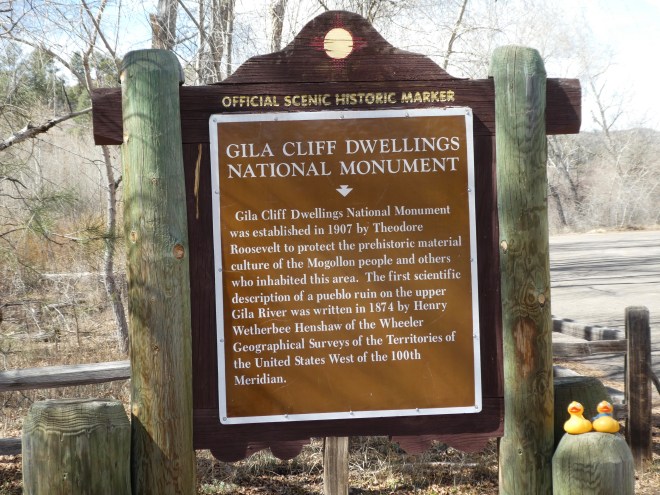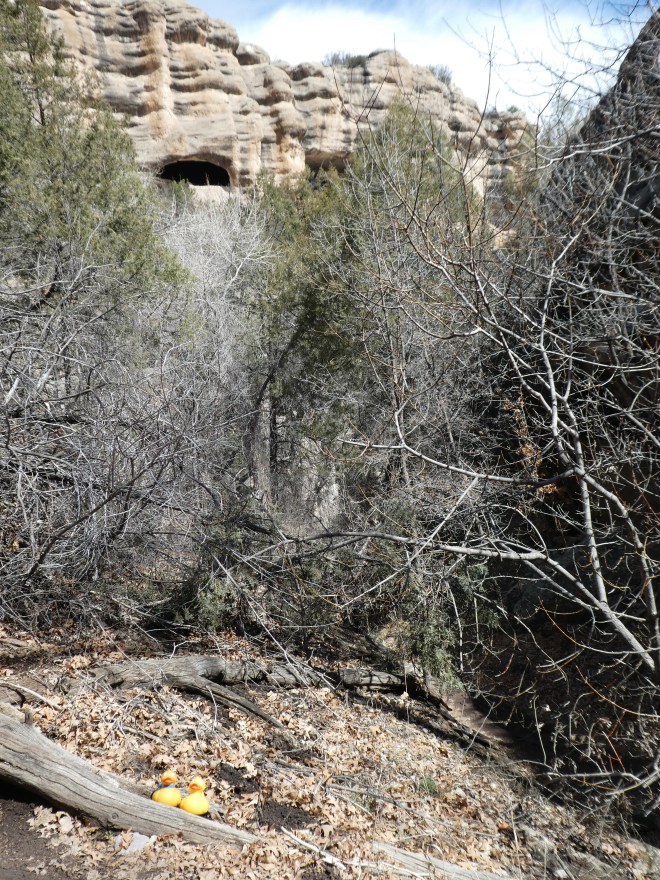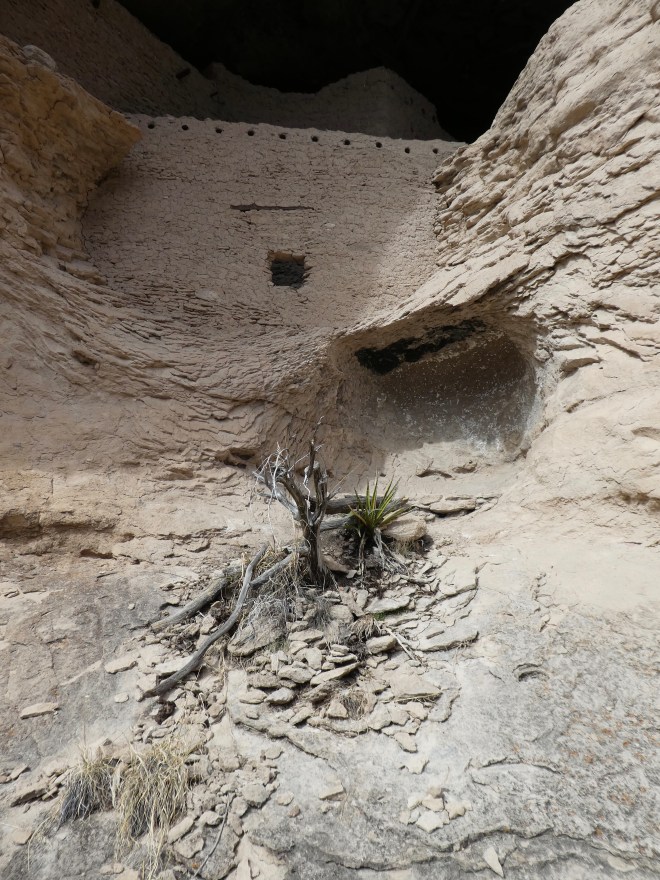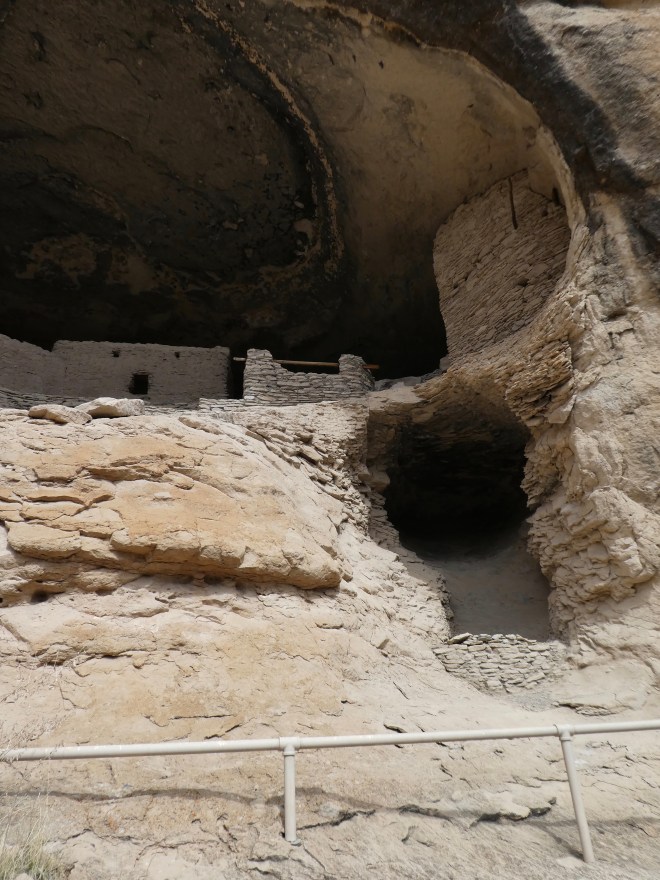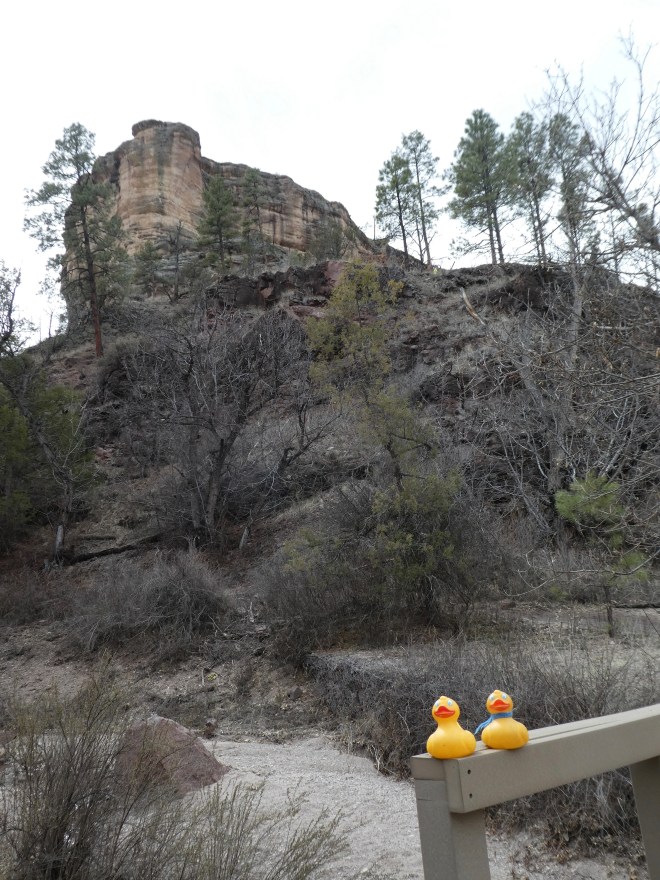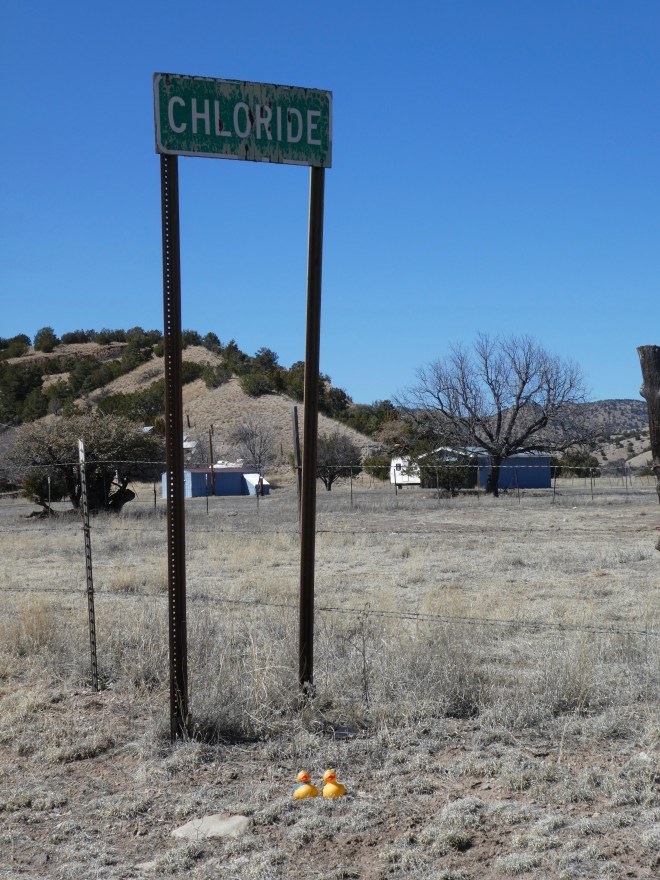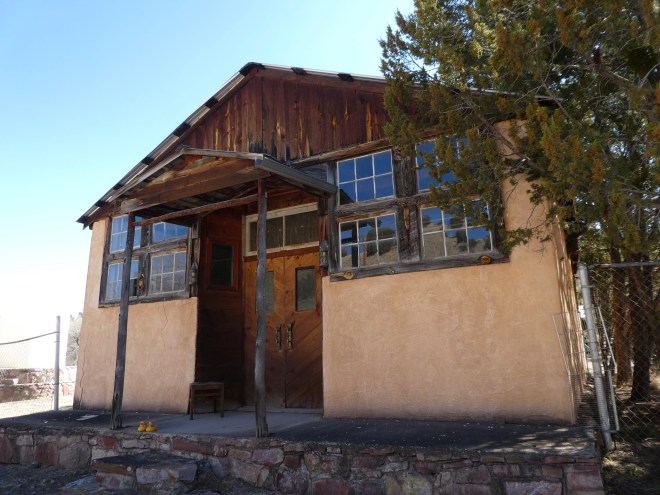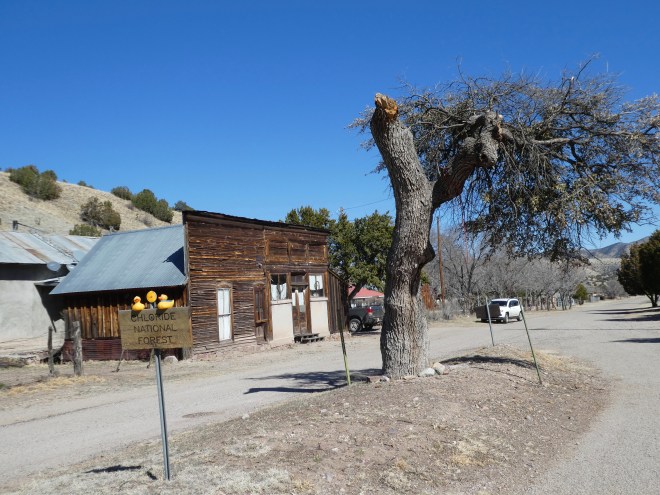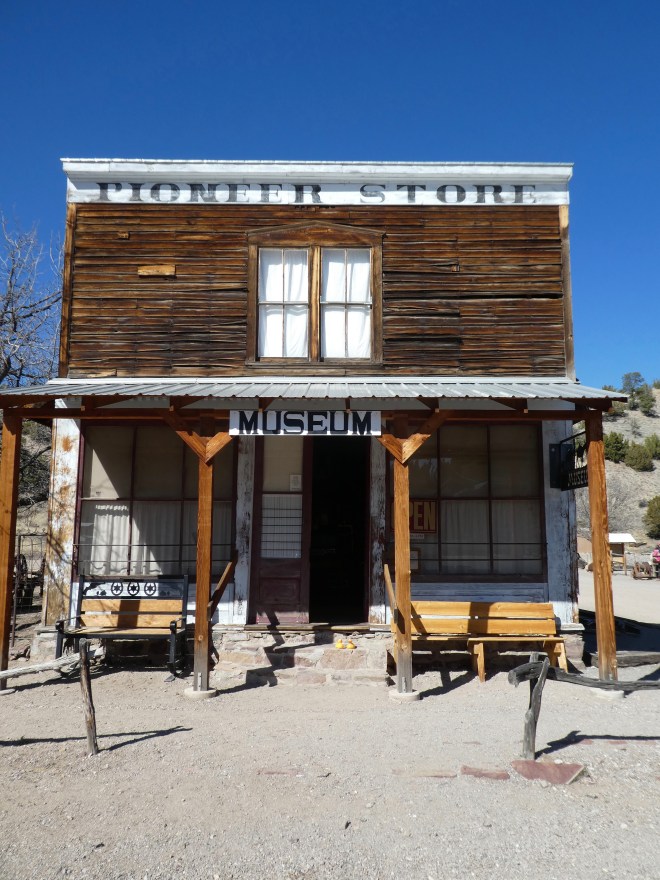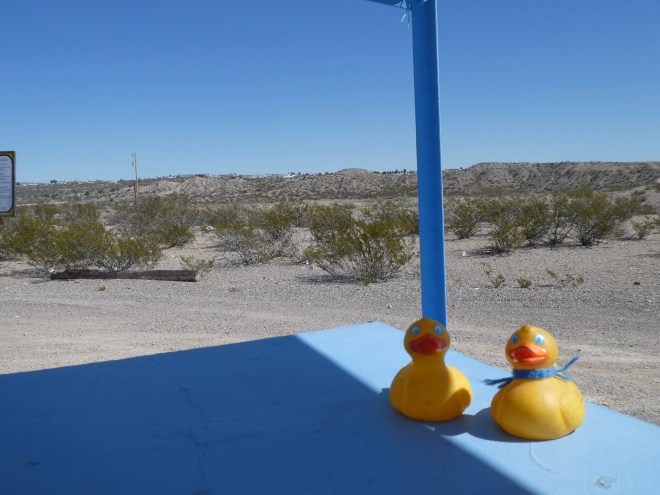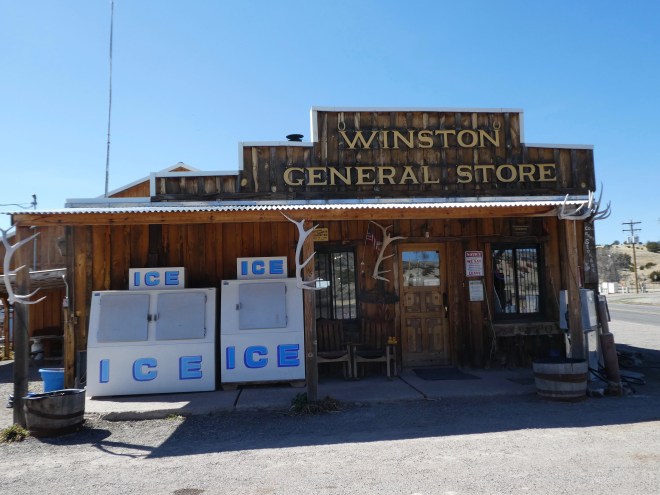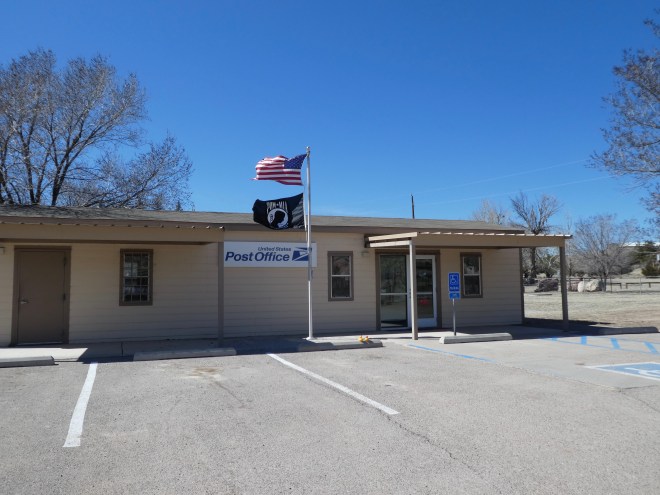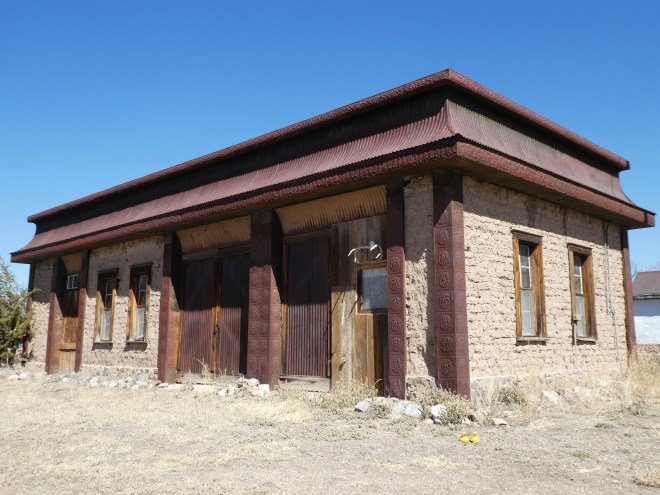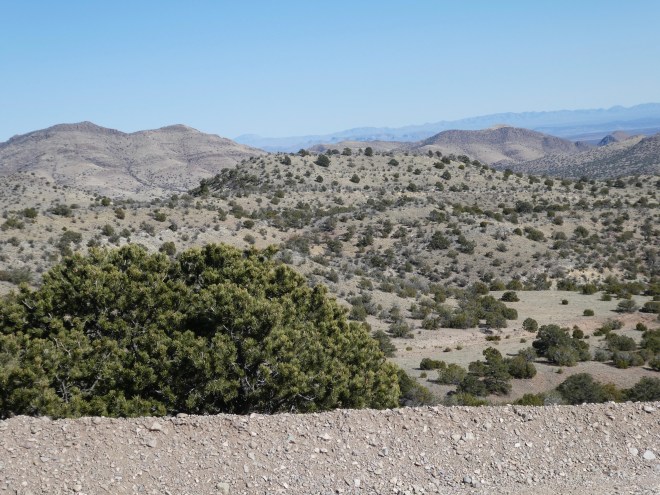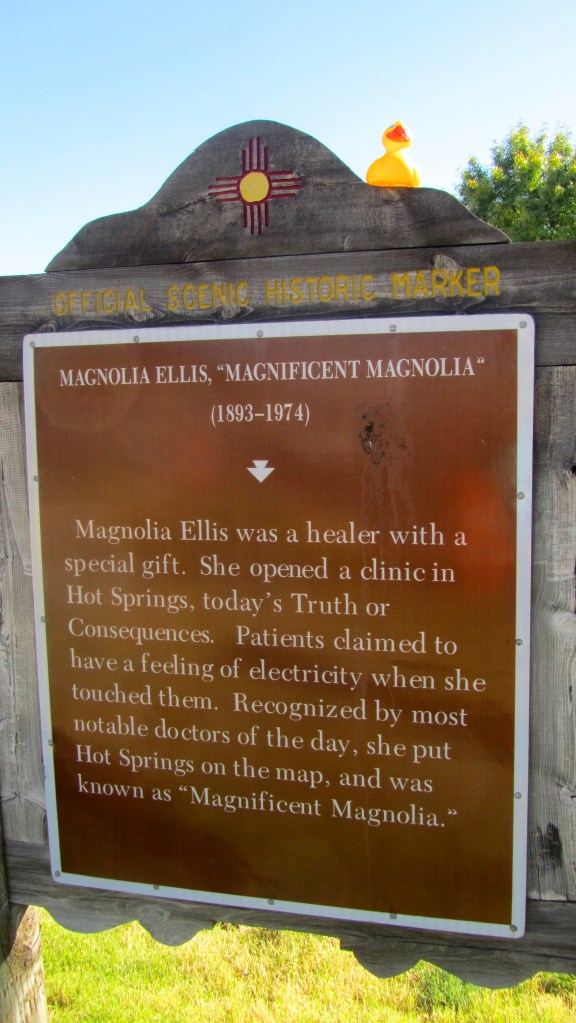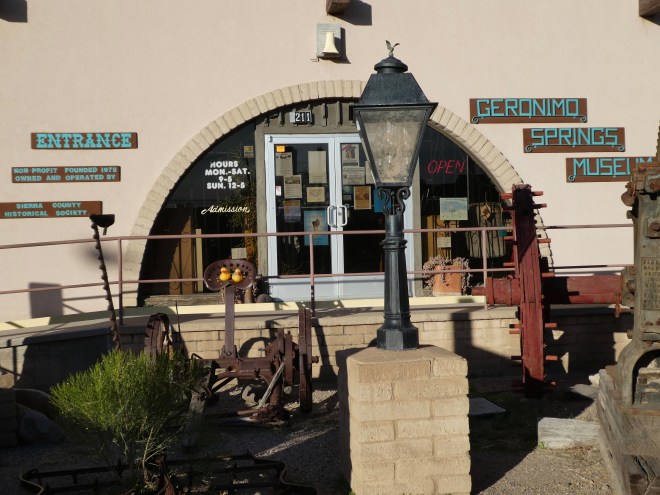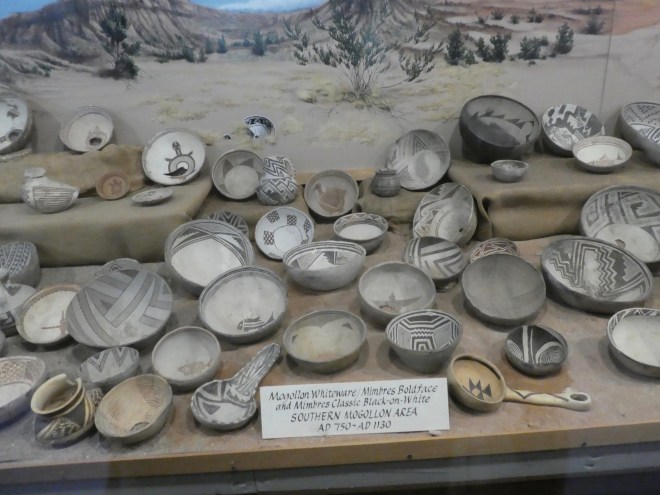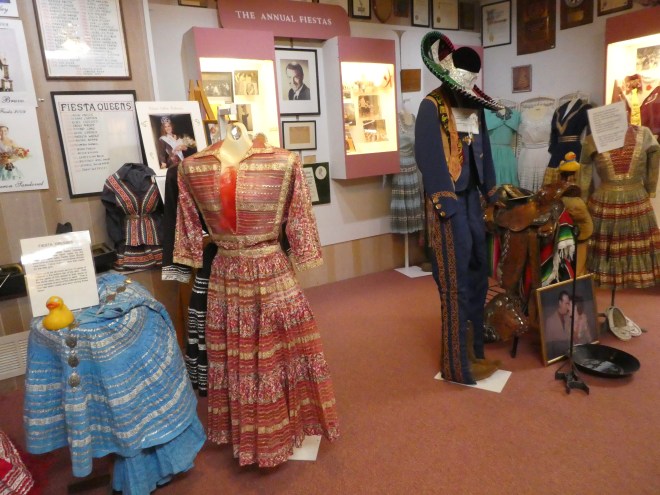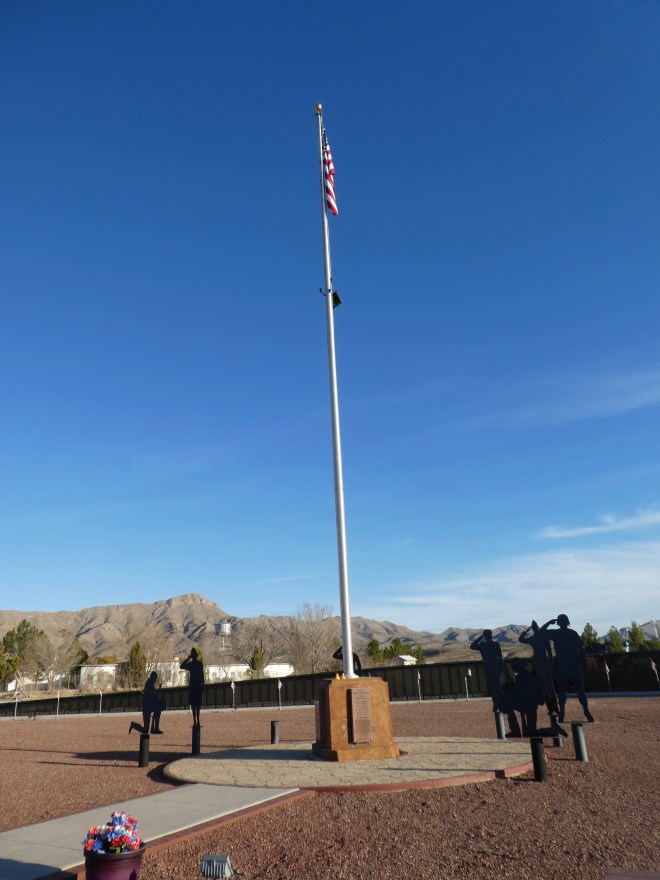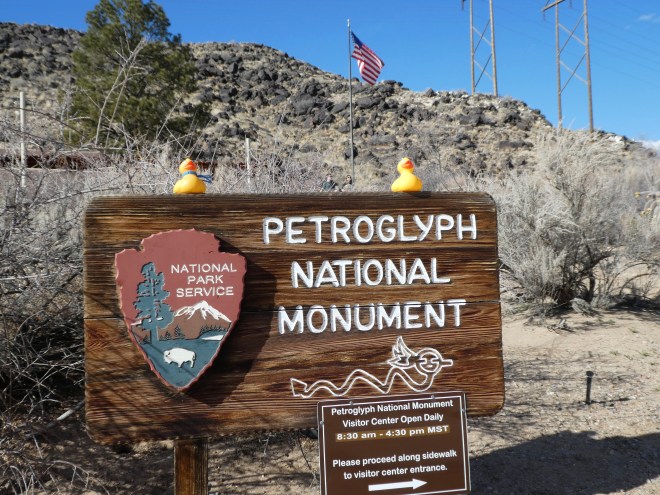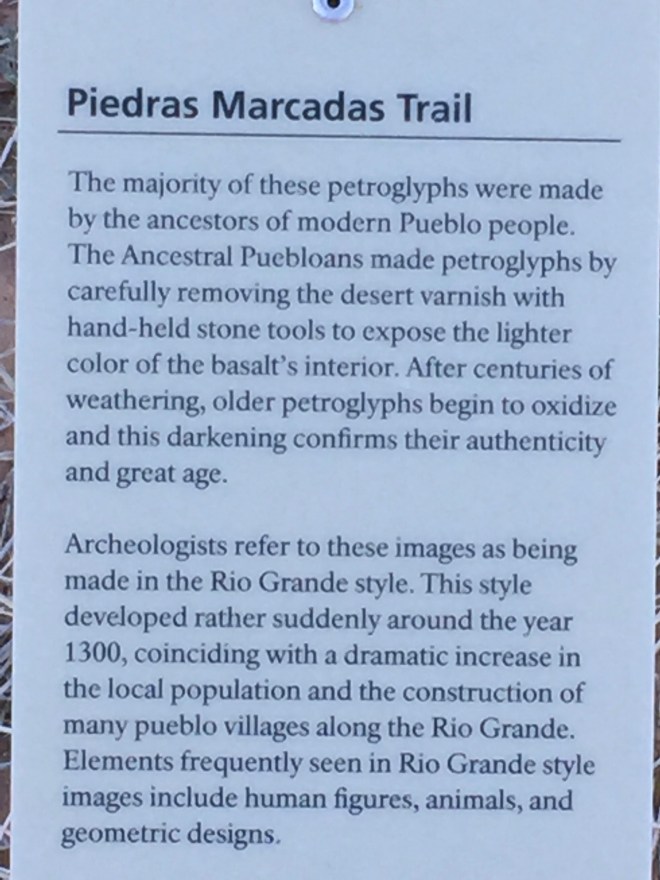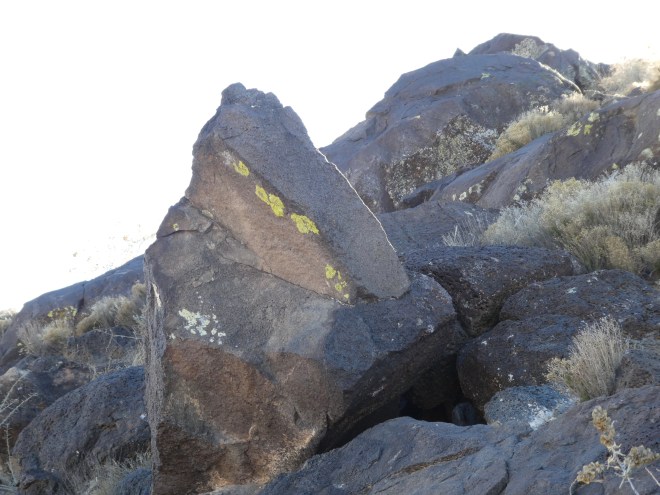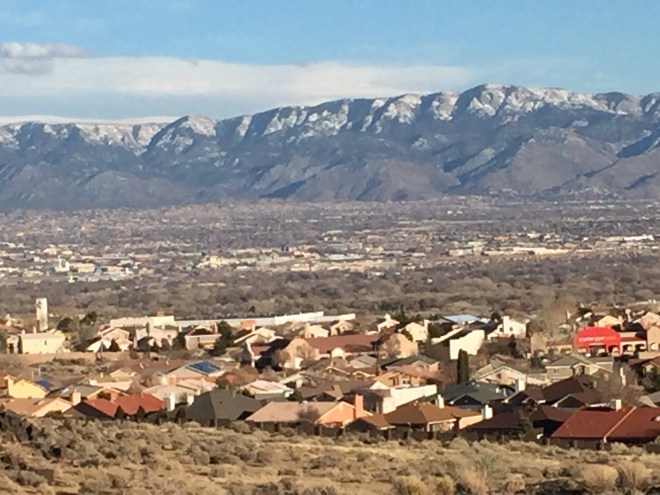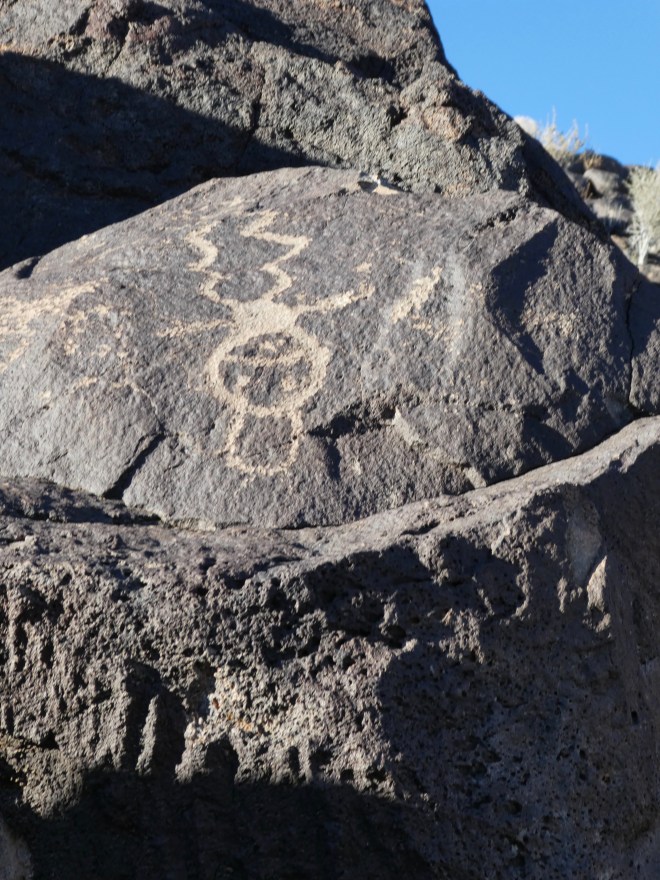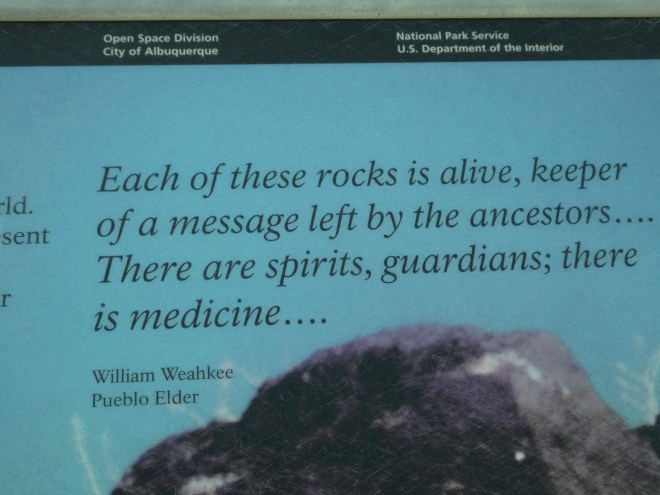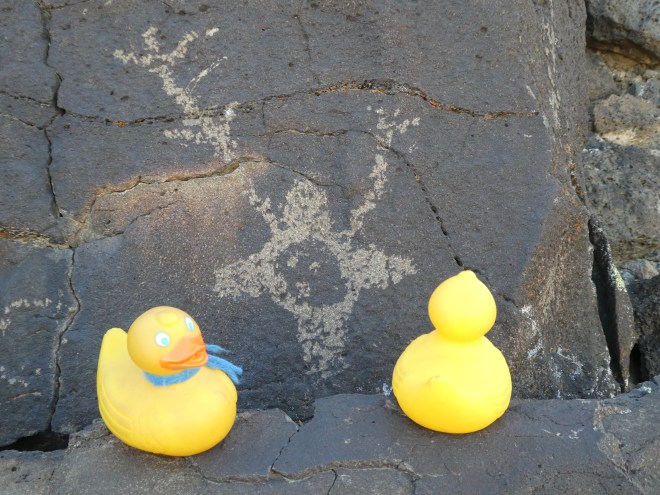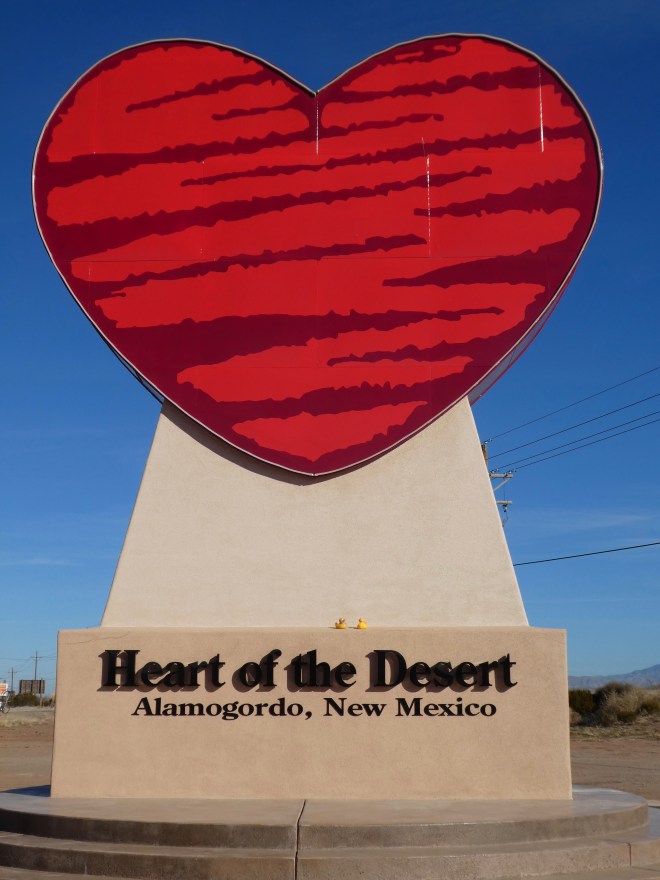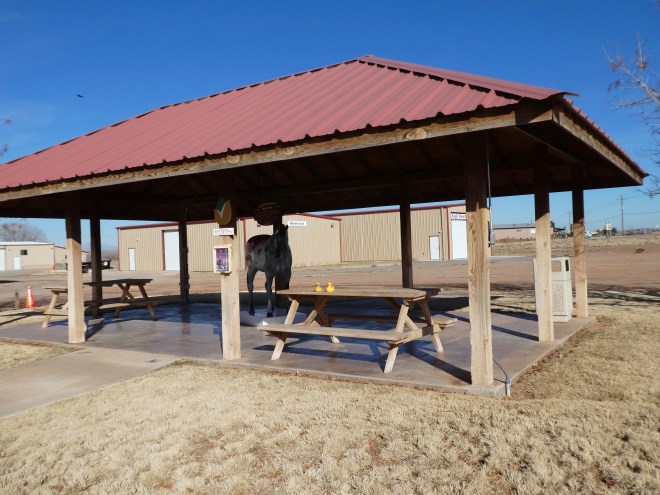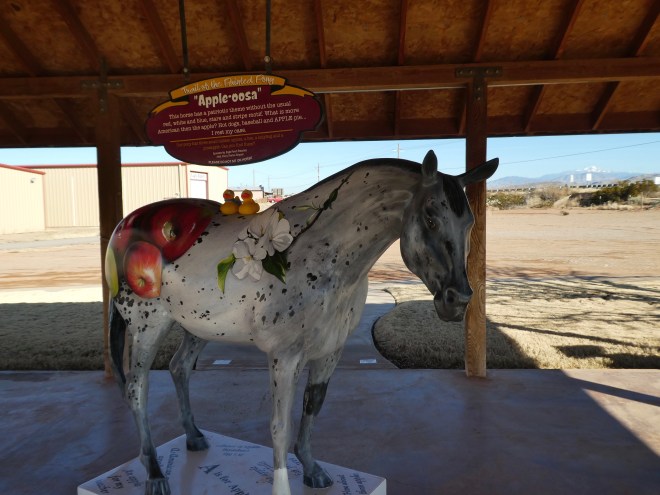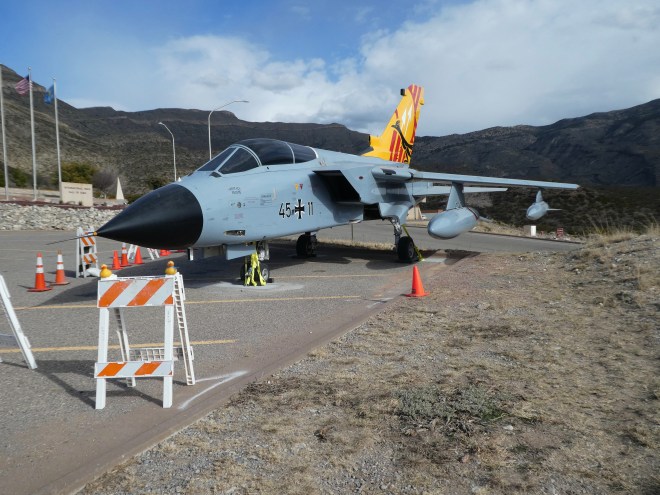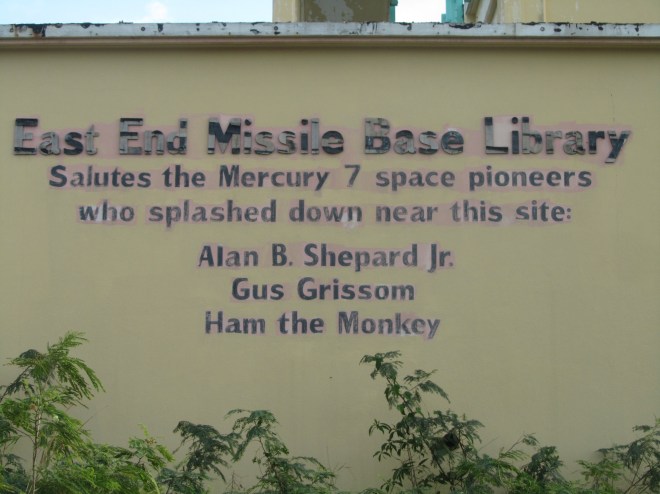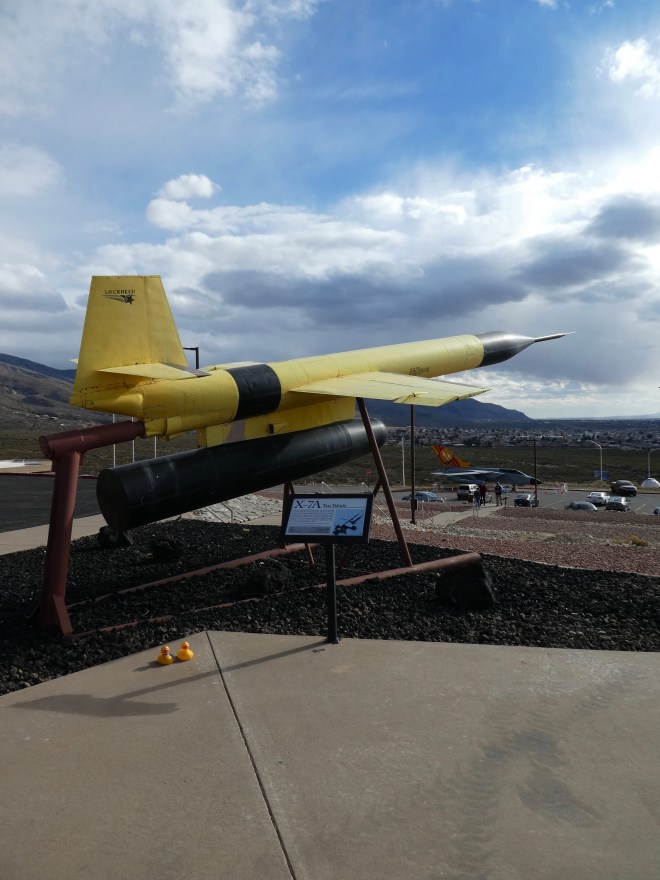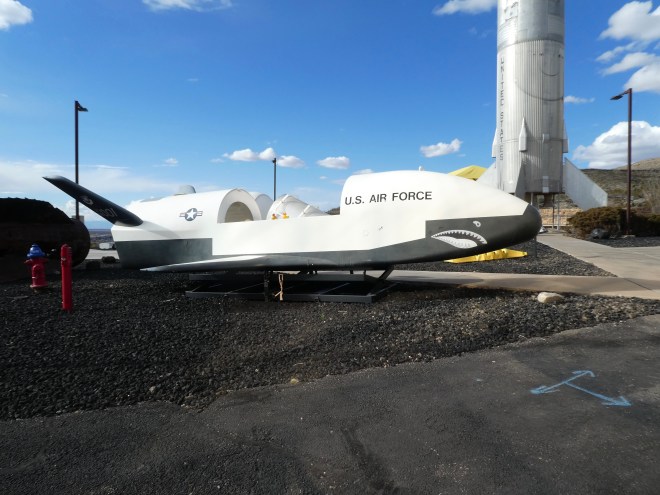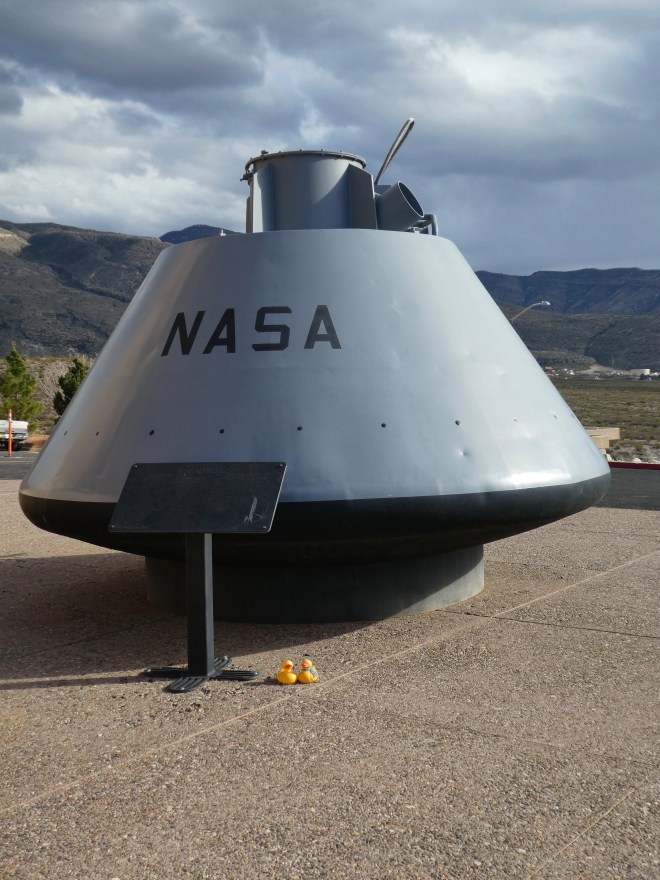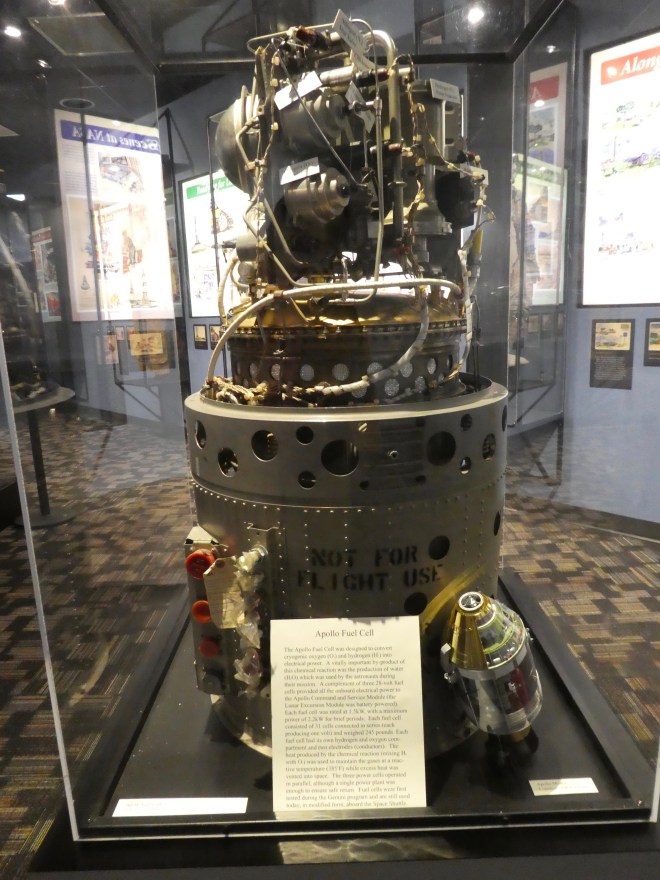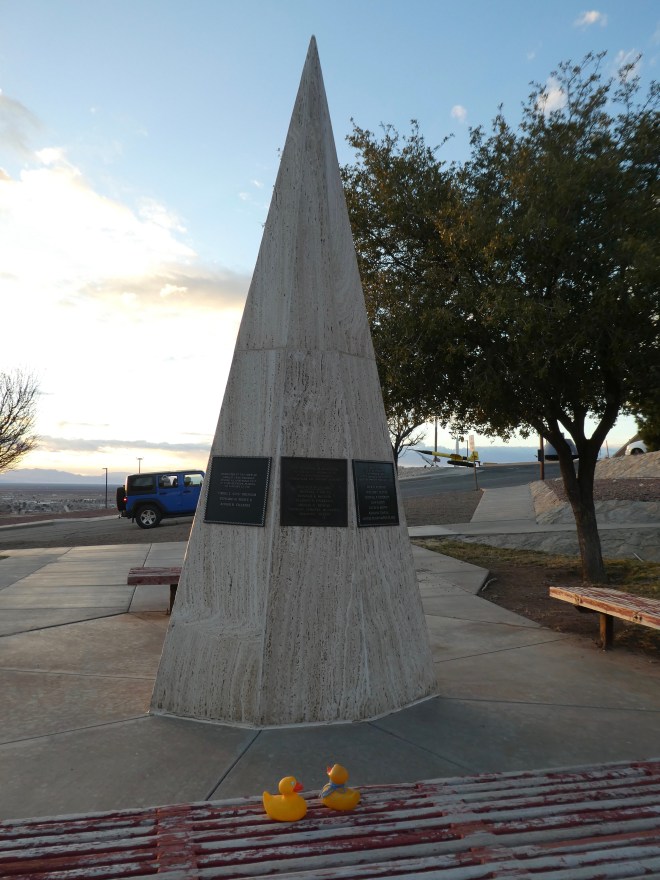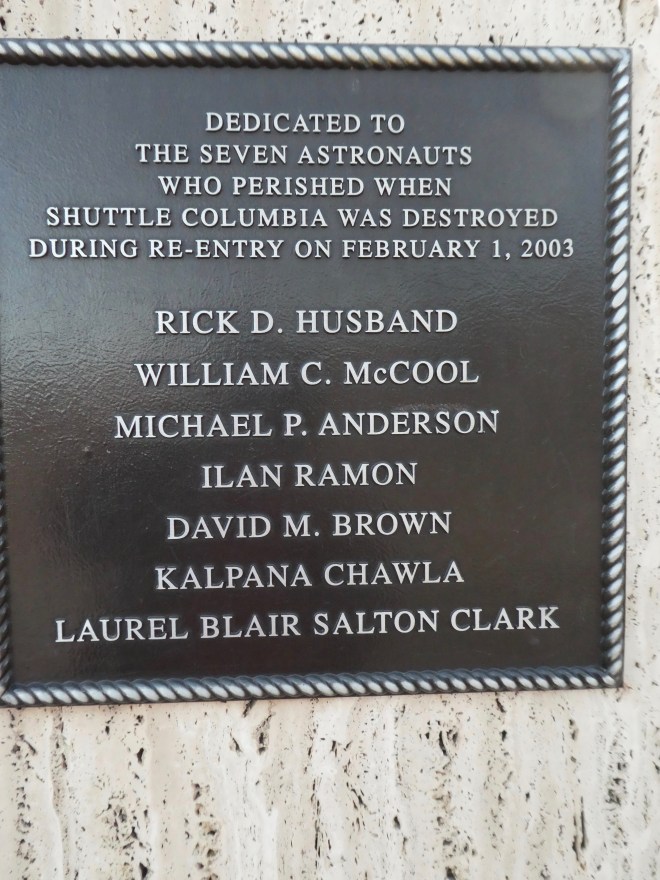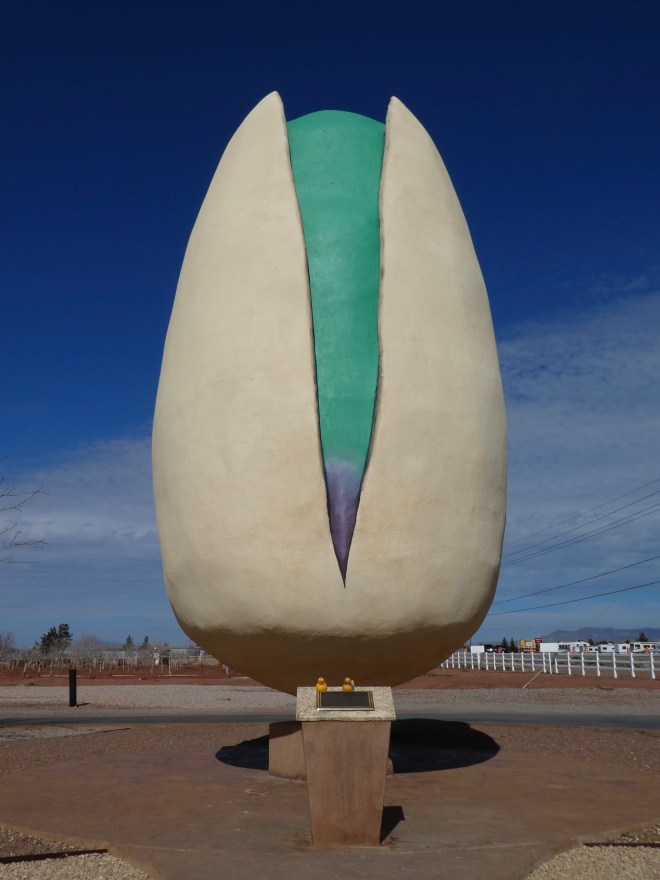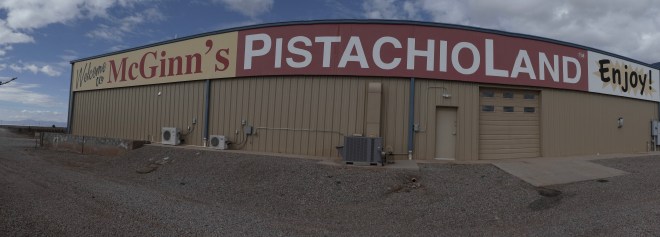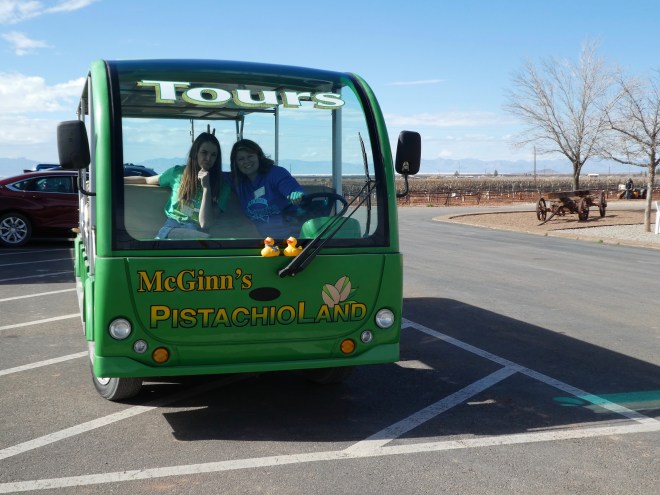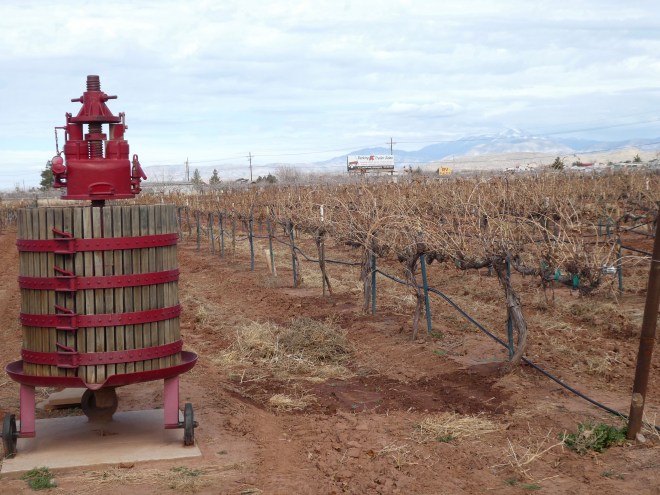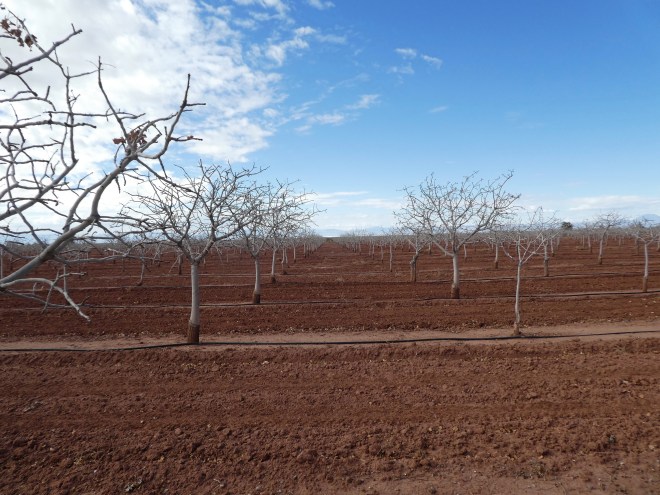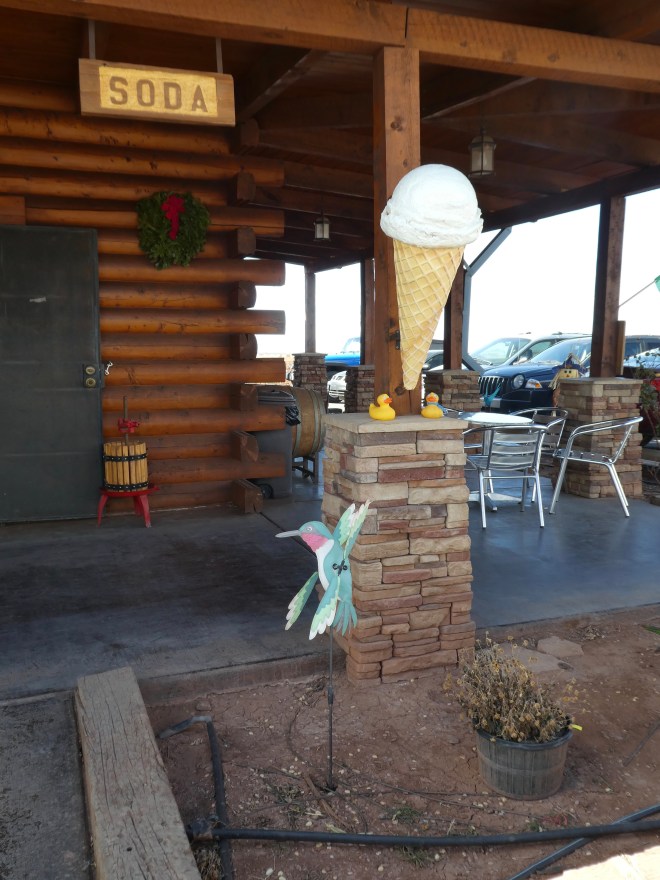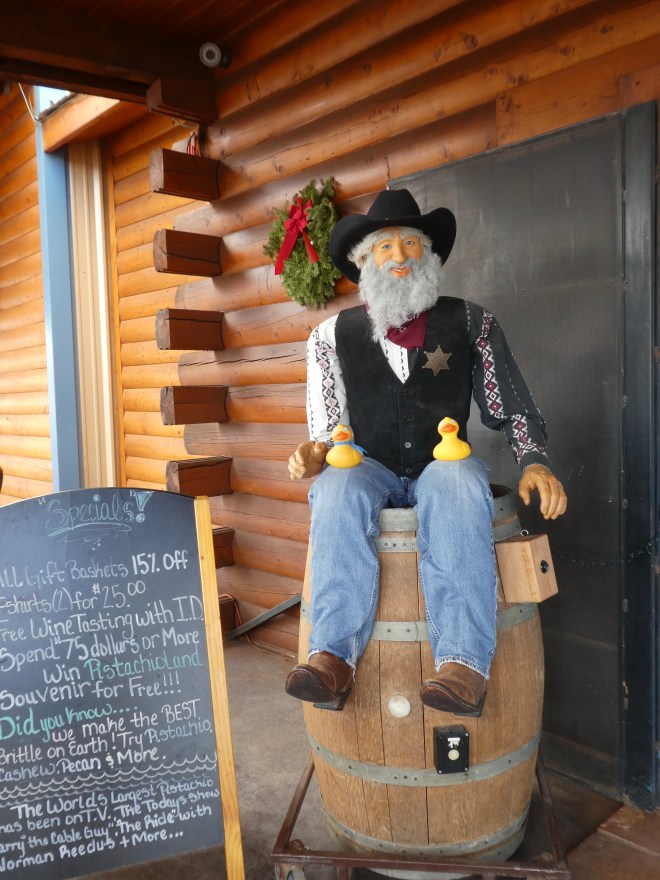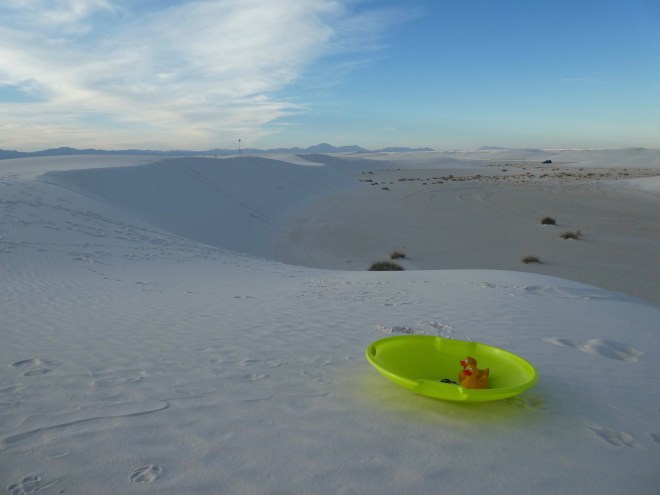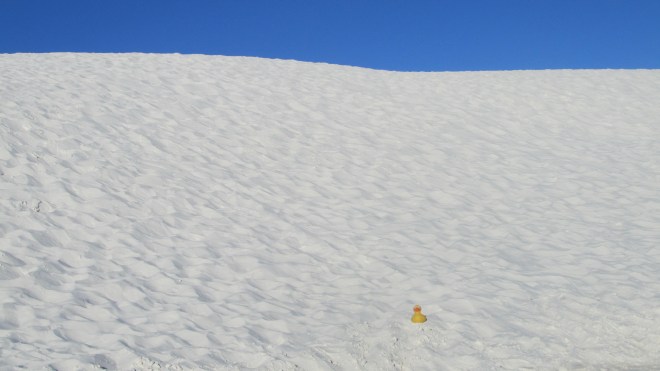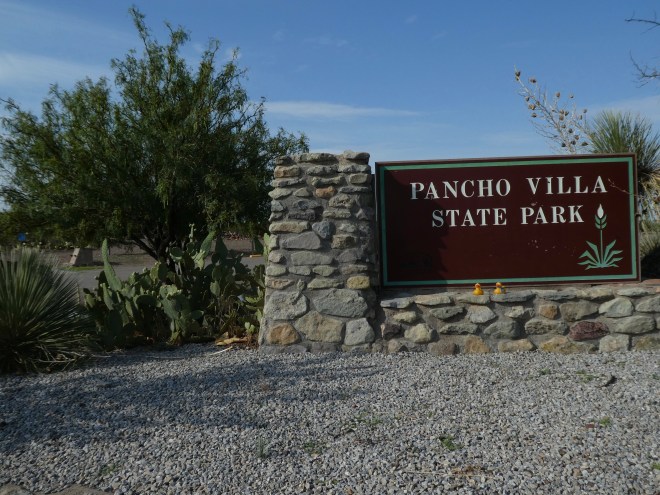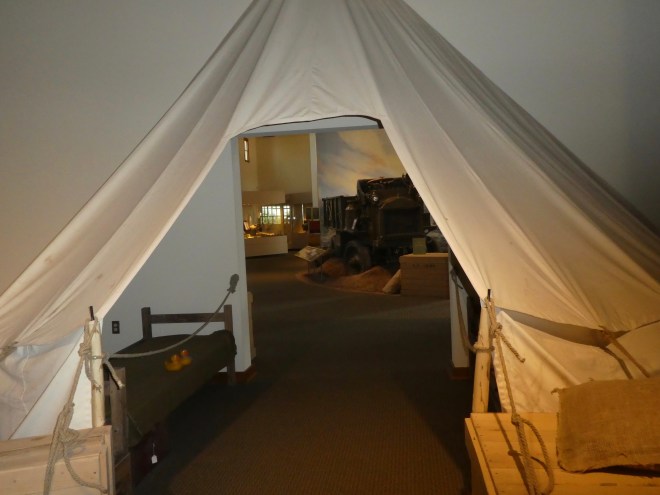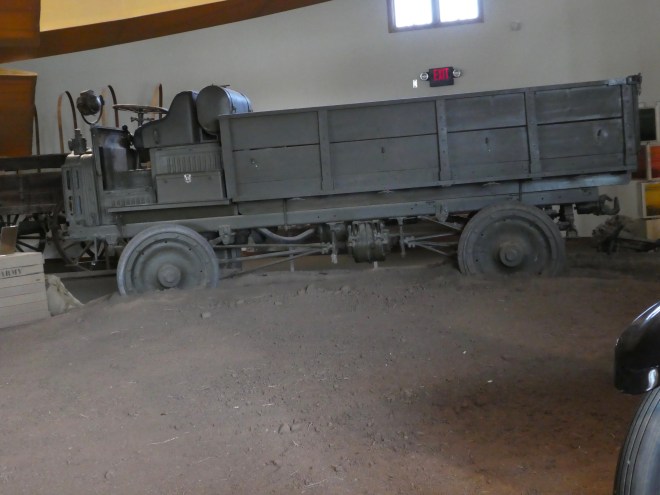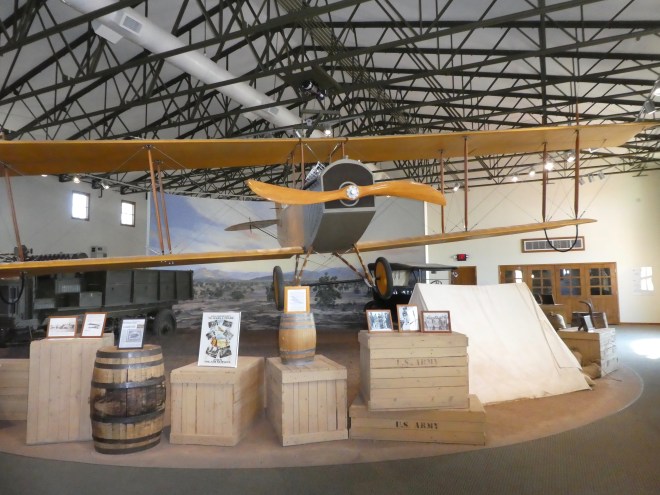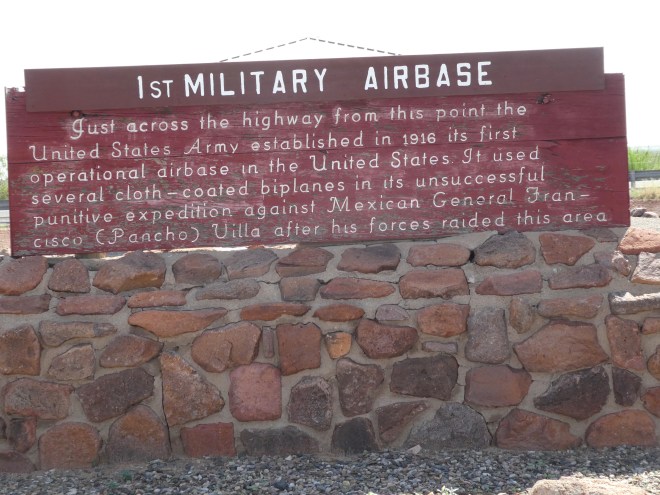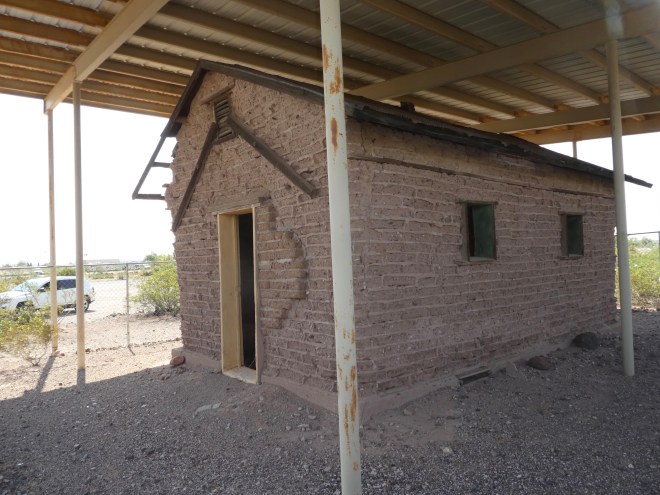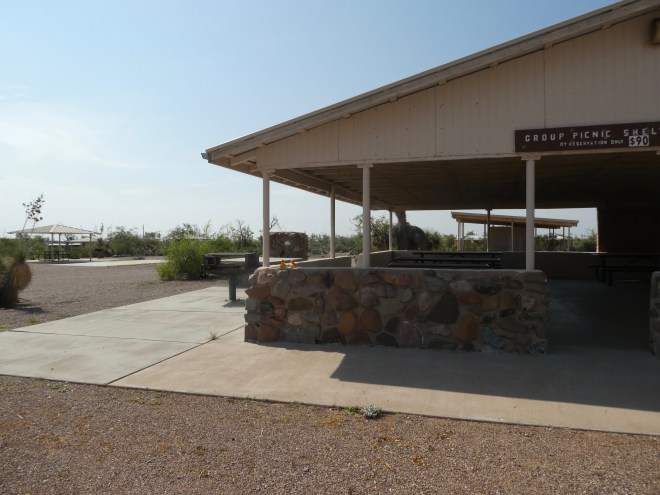Sadly, this morning we left La Paloma Hot Springs and Spa resort. Mom said enough soaking in delightful hot springs and time to see more of New Mexico. Leaving the desert landscape.
Heading west, we noticed the land changing. Hills became steeper, vegetation began to grow, and soon we were in the pine forests.
Each type of landscape has its own beauty, and we like the changes. Here we are at a National Monument.
Gila Cliff Dwellings. In 1907 President Theodore Roosevellt established Gila Cliff Dwellings National Monument. These caves were home to some of the ancient people. Here is a little background.
The Mogollon people lived here in the 1200s and had moved on by 1300. Archeological evidence suggets that many different groups of people inhabited this area over several thousand years. We have driven as far as possible. Now time to hike.
That is ice hanging from the rocks. The bridge crosses the Gila River. We will cross the river several times. The trail starts easy, following the Gila River. We are going up, but not real steep. Here is a marked photo opportunity on the trail.
Are we really hiking up there? To that open area on the cliff? Mom says yes. Then let’s get going. OK. Here we are.
This is the first room, and a small room. We cannot go into this room. So let’s go into this room.
The cave is natural, but the ancient people built the walls and any other enhancements.
What a beautiful view from their front door. However, I doubt if they had much time to sit and enjoy the view. Hunting for food was important. It is believed these people also began growing food. Lots of time and energy climbing from cave home to Gila River below. Water is always a necessity. River and snow were necessary for life. We visited the end of February and we saw snow and ice on these cliffs. There are more rooms to explore.
Steps to another room, so here we go. Wow.
Here is a red pictograph. There was a black one also. Like the ancient people left us a message. Standing inside these cliff dwellings, we feel like the ancient populations. Living in these caves, roomy with high ceilings. Those inside could see those searching for food, bringing water, and tending crops. After exploring, we took the steps out the same way we entered.
We could have taken the ladder down as these tourists did. Continuing on the path, going down was pretty steep.
Outside looking up we can see the entrances the ancient people probably used.
Carefully finishing the entire trail, only about one mile, we take one last look back.
Yes, we were up there. These caves, the Gila Cliff Dwellings are really interesting. If you are north of Silver City, New Mexico, we hope you visit the cliff dwellings. We liked them.
